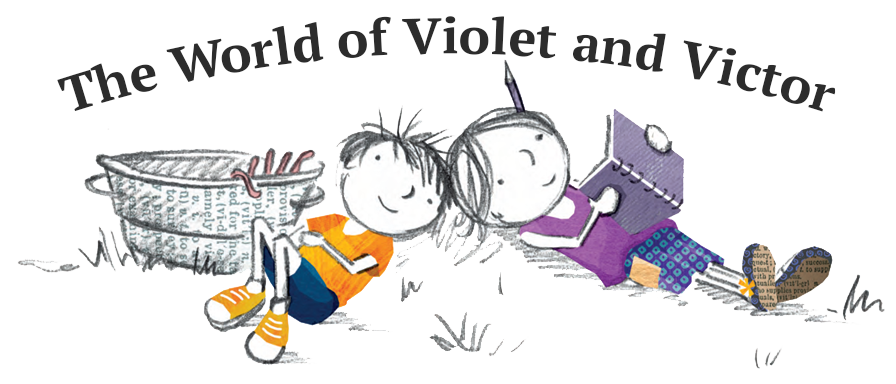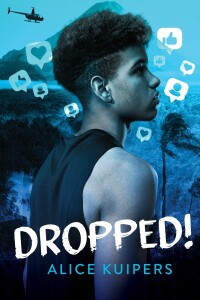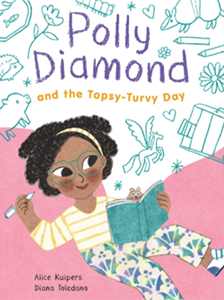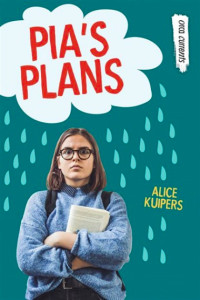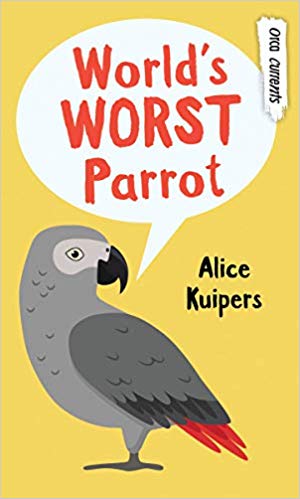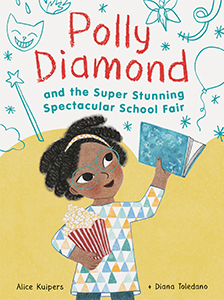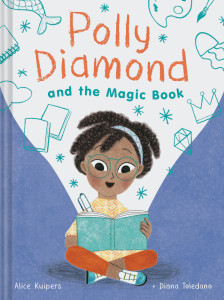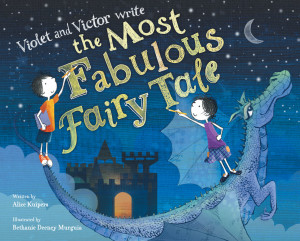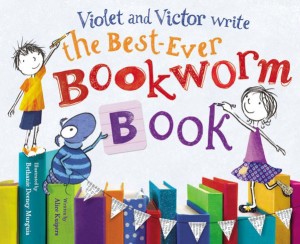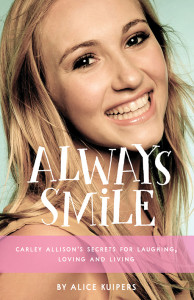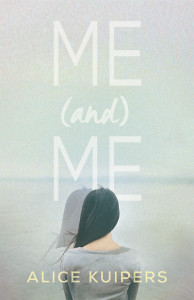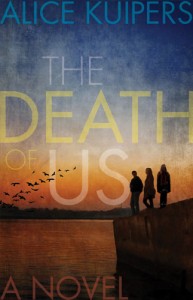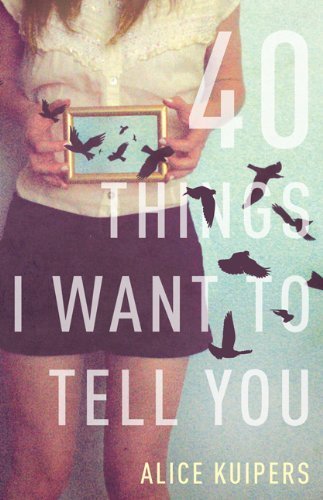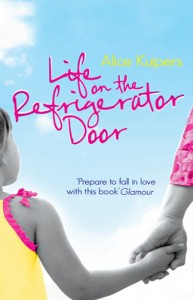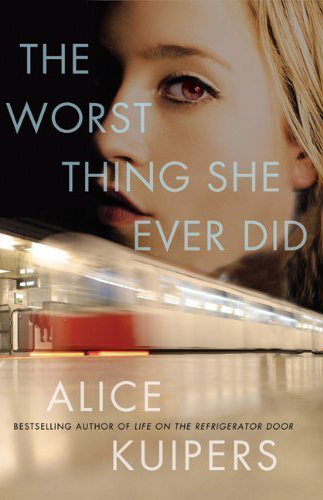Workshop Fifteen
One of the best places to think about dialogue is at the theatre. If a visit to see a play is out of the question, get hold of a copy of a play to read, (or screenplay/TV script). This will give you a sense of pure dialogue.
Next, take a few minutes and watch this video of interviews with playwrights: http://www.nationaltheatre.org.uk/video/how-to-write-dialogue
There are several key points. My favourites are:
1-Every line of dialogue has to have a function.
2- Even so called naturalistic dialogue is, in fact, intensely stylized. Just as a painting is not a photograph… there is an artist and the artist’s hand is over everything… Nobody’s dialogue is real. There is no such thing as a play where people speak as they do in real life. David Hare.
What really comes through to me after watching these interviews is the sense that dialogue is ARTIFICE. That is, it should sound like real speech, but not be full of the tedium of actual speech.
Here’s some overheard dialogue, word for word:
“IT’S, UH, UM, MAYBE I’LL HAVE THE CHICKEN PASTA.”
“Sounds good. I might have, um, yeah, I might have that. I had it last time. Maybe the soup. What did she say it was?”
“Carrot something. You going to have a juice?”
“Yeah. Um, maybe. Hmm, d’you think the orange mango’s good?”
“You had that, I think, last time. How’s Emily?”
“Good, yeah. She’s good. Well, no, the baby has some trouble.”
“Really? Why? Hang on. Tell me in a minute.” (Answers phone – side dialogue about work). “Boring. Work stuff. You know, I think they, uh, really, God, it’s so much to go into, but G’s really making life difficult. They, uh, well, it’s all about the office space. Stupid.”
“That’s still going on?”
“They just, you know, won’t stop insisting. So, what’s wrong with the baby.”
“She said they didn’t know, but then, uh, she took him to another doctor.”
I never heard the rest.
You can see that this transcription (and I didn’t include the phone call) is long and fairly dull. Cutting to the essential would involve perhaps some indirect dialogue.
Indirect dialogue (moving to direct dialogue) looks like this:
They chatted about what to eat. Chicken pasta, soup. There was some talk about work. Then Shelby said, “I have to tell you about Emily’s baby. It’s not good news.” It was as if the whole restaurant went quiet, straining to hear what she said next.
Indirect dialogue sums up the boring bits so we can move to the important parts of a scene. (They chatted about what to eat. Chicken pasta, soup. There was some talk about work.) You may not want to use indirect dialogue all the time, but it’s a useful tool. Even if you decide you don’t like it, remember in direct dialogue to avoid the hellos, goodbyes, and boring chitchat about the weather (unless, of course, the weather is going to play a crucial role). Get to the heart of what your characters are saying. Remember – every line should have a function.
Notice how the lines I gave the character – “I have to tell you about Emily’s baby. It’s not good news.” – are not lines I ever actually overheard. I made them up so they sounded like speech, although they weren’t from actual speech. Focusing on the artifice of dialogue, remembering that although it should sound like speech it shouldn’t be like actual speech, is how to keep your dialogue working well on the page.
This week’s writing prompt:
Write a dialogue between two people arguing at a restaurant. Set the scene, try and use some indirect dialogue to practice, and think about how to make the dialogue sound real, even though it’s an artifice. Use up to 400 words.

